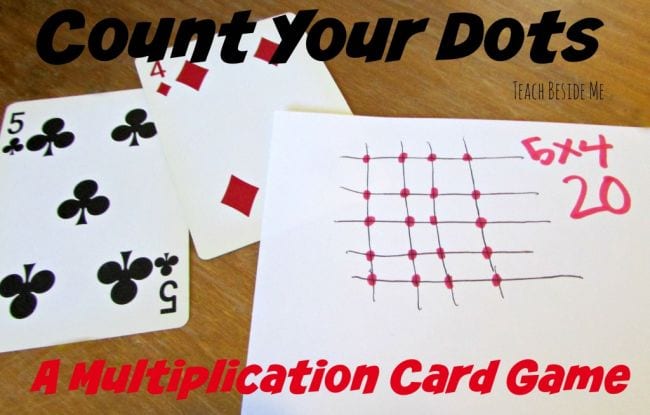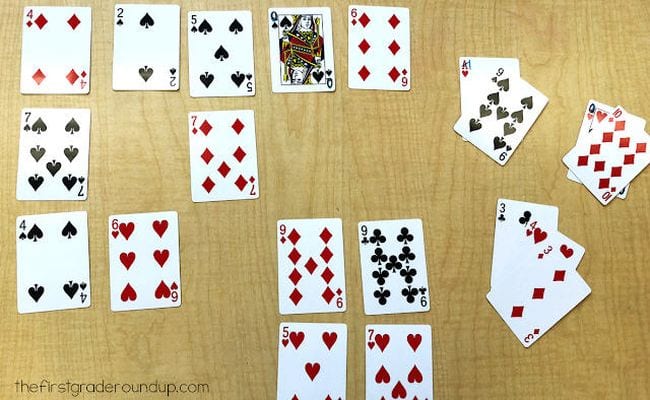Choose a player to go first. That player throws a die and scores as many points as the total shown on the die providing the die doesn’t roll a 1. The player may stop and take the points at any time or risk another roll. The player may continue rolling and accumulating points (but risk rolling a 1) or end his turn.
If the player rolls a 1 his turn is over, he loses all points he accumulated that turn, and he passes the die to the next player.
Play passes from player to player until a winner is determined. First person to accumulate 100 or more points wins the game.
Variations:
Two-Dice Pig
The Two-Dice version is the same as Pig, except two standard dice are rolled. If neither shows a 1, their sum is added to the turn total. If a single 1 is rolled, the player scores nothing and the turn ends. If two ones are rolled, the player’s entire score is lost and their turn ends.
Big Pig
This variant is the same as Two-Dice Pig, except rolling double ones ends the player’s turn, scores 25 points, and eliminates any other points the player may have accumulated that turn. If any other doubles are rolled, the player adds twice the value of the dice to the turn total.






